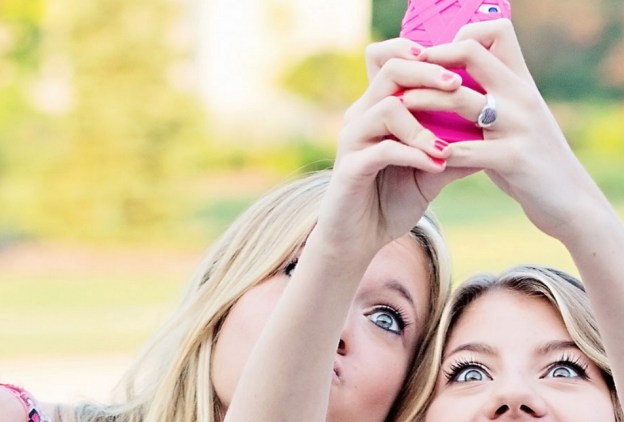 If you haven’t heard about Snapchat, you will.
If you haven’t heard about Snapchat, you will.
The photo-sharing app is enjoying an explosive rise in popularity, especially among the coveted under-25 demographic, and this week the trendy phone program is reportedly getting a big backing boost — $8 million — from Benchmark, the same financier behind Instagram’s rise.
For the uninitiated, Snapchat is an app you can use to send photos with built-in self-destruct timers. Instead of sending someone a photo they can go back and look at whenever they want, Snapchat allows users to decide how long the recipient can view the picture. It’s enjoying a surge in popularity because it trades in a feeling of inconsequentiality, in the idea that whatever is shared is done so for a fleeting moment. And at a time when the Petraeus scandal made it clear how technology can foil even the most astute and discreet minds, it’s no surprise the latest app hit is designed to avoid electronic trails.
As you can imagine, a service for sending photos that disappear lends itself to some naughty undertakings. Although the CEO says he did not expect people to use Snapchat to send sexual text messages (sexts, if you must), they are. Oh, not every message is an oiled-up or taut body part—since over 1,000 images are swapped a second, that would be a monumental number of salacious encounters. Some people are using it to send goofy, lighthearted messages and nothing more.
But others are using it for less wholesome purposes, sending nude and suggestive photos for their sexual partner or partners … or unsuspecting friends, who knows? Although the images vanish within a predetermined number of seconds, well-prepared deviants can easily snag a screenshot in that amount of time. And while there is an alert that lets users know if their image is subject to a screen grab, it can’t get the surreptitiously captured picture back. This means people who send explicit photos will quickly discover if the recipient has ignoble intentions, but by then it will be too late. If someone is willing to take a screen grab of the dirty image you just sent them, odds are you aren’t getting it back – or deleted. Oh and, there are always tips and tricks floating around instructing users how to bypass the screenshot alert, so that the sender would be none the wiser to your less than ethical ways.

But even if the majority of the sexual back-and-forth on Snapchat results in nothing more than stirred teenage feelings, there’s always the young man or woman who decides to pull the jerk move and capture the image to show their friends. And that’s the stuff teenage crises are made of.
In addition to being the greatest tool for sexting since the front-facing camera, people are reporting its role in recent bullying incidents. For instance, in Iowa, students came under fire for using the app to take a picture of an unsuspecting high school student in the locker room that was then sent to a male student – obviously, without the victim’s consent. There’s also a little privacy oversight in which everyone is able to publicly see who your top Snapchat messaging buddies are. Which isn’t too terrible … unless it’s someone you shouldn’t be Snapchatting with. Someone who, say your significant other, wouldn’t love to know you’re frequently Snapchatting.
Snapchat hasn’t been around very long, and people may tire of it in the same way fads like Draw Something flame up and die down. But it has potential for staying power, like Instagram or Twitter. If Snapchat’s going to stick around, people need to give themselves a reality check and admit that what happens on Snapchat doesn’t always stay on Snapchat. And parents and teachers need to educate themselves about technology their students and children are using, so they can try to guide young people to use it for the right reasons. Self-destruct images certainly serve a valuable purpose, but you have to account for the lowest common denominator – something Snapchat has been bringing out in plenty of users.


